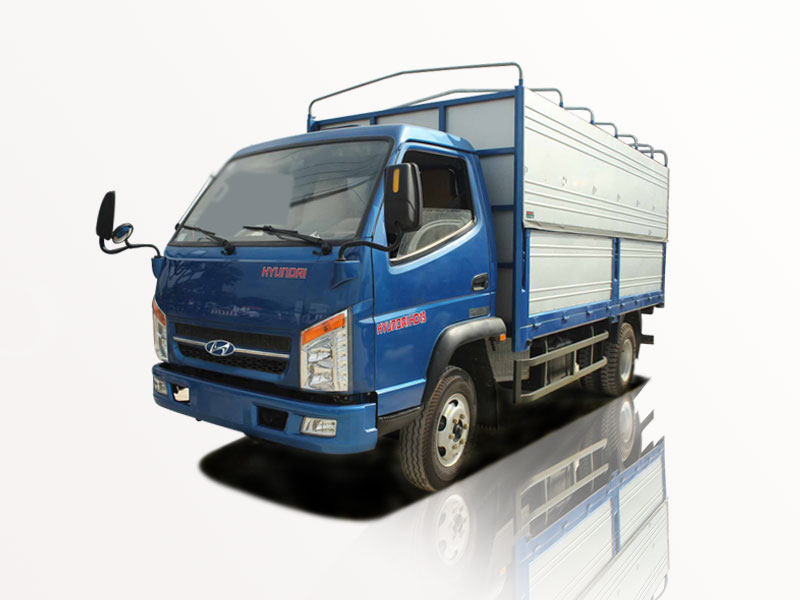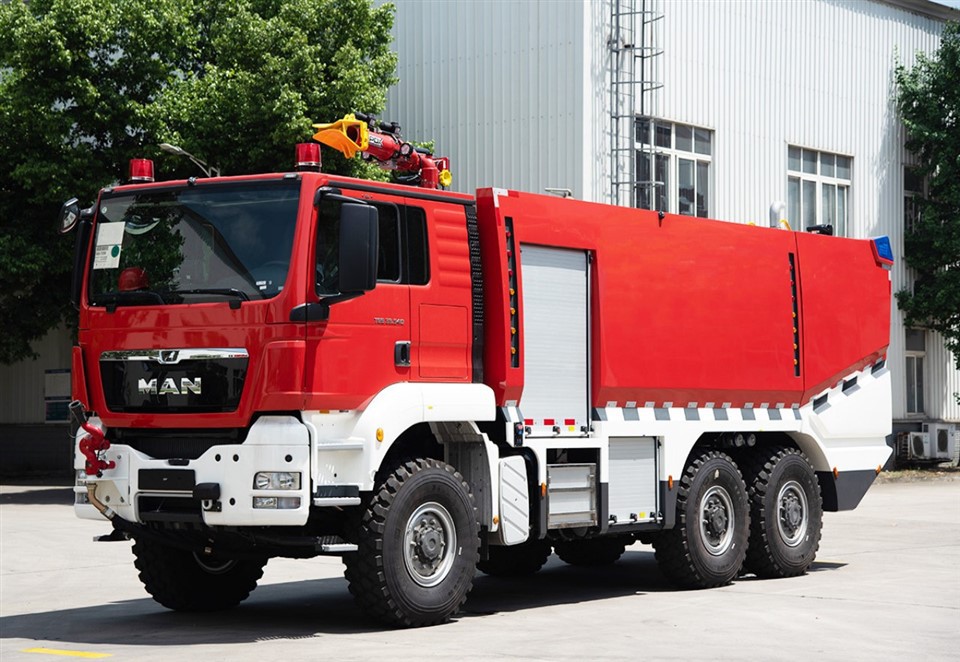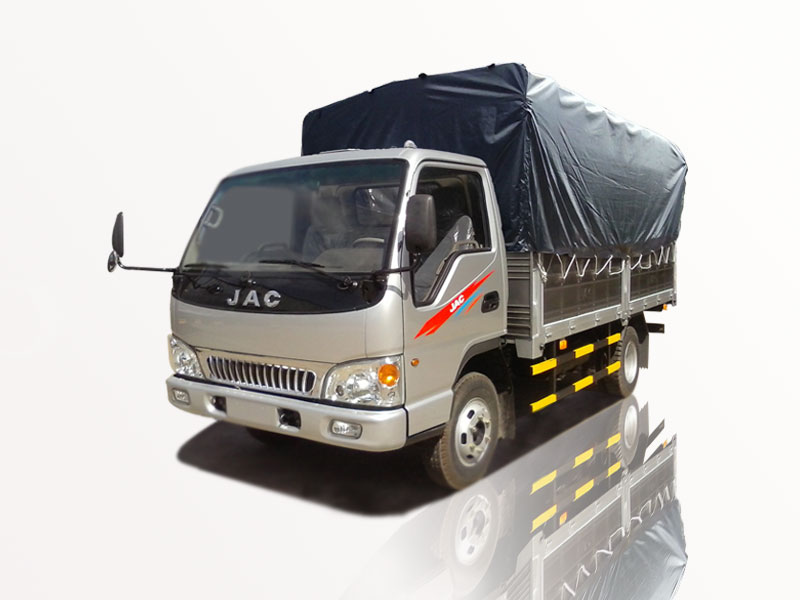Garbage trucks play a crucial role in maintaining the cleanliness and hygiene of our communities. Understanding how much trash a garbage truck can hold helps in planning waste collection effectively and ensuring that waste management services meet the needs of the population. In this article, we will explore the various aspects related to the capacity of garbage trucks, providing practical examples and insights into waste management.
Understanding Garbage Truck Types
Before diving into how much trash a garbage truck holds, it’s essential to know that there are various types of garbage trucks, each designed for different purposes and waste handling capacities.
1. Rear-Load Garbage Trucks
Rear-load garbage trucks are the most commonly used type for residential collection. They have an opening at the back, where waste collectors can load garbage cans.
Capacity
The capacity of rear-loaders typically ranges from 10 to 20 cubic yards. For example:
| Truck Model | Capacity (Cubic Yards) |
|---|---|
| Freightliner M2 | 14 |
| Peterbilt 210 | 12 |
2. Side-Load Garbage Trucks
These trucks are designed with a side-opening mechanism. They are often more efficient for residential areas as they allow the driver to pick up waste without leaving the cab.
Capacity
Side-loaders usually hold between 10 and 22 cubic yards of waste. Popular models include:
| Truck Model | Capacity (Cubic Yards) |
|---|---|
| Kenworth T370 | 20 |
| International MV | 18 |
3. Front-Load Garbage Trucks
Front-loaders are designed primarily for commercial waste collection. They have a front-loading mechanism that allows for quick dumping of large dumpsters.
Capacity
Front-load garbage trucks often range from 20 to 30 cubic yards. Examples include:
| Truck Model | Capacity (Cubic Yards) |
|---|---|
| Peterbilt 579 | 25 |
| Freightliner Cascadia | 30 |
4. Compactor Garbage Trucks
Compactor trucks are specially designed to compress waste. This ensures that more trash can be stored in a smaller volume.
Capacity
Compactor trucks often have a volume of 20 to 30 cubic yards, depending on the model. For instance:
| Truck Model | Capacity (Cubic Yards) |
|---|---|
| Mac Buster | 25 |
| Peterbilt 520 | 30 |
Factors Influencing Garbage Truck Capacity
The amount of waste a garbage truck can carry can vary significantly based on various factors:
1. Design and Structure
The design of the garbage truck plays a crucial role in maximum waste capacity. For instance, compaction technology enables trucks to hold more waste than non-compacting models.
2. Waste Type
The type of waste also influences the total load. Heavier materials such as construction debris may limit the overall space available for other trash.
3. Local Regulations
Different municipalities have regulations that may dictate how much waste can be collected and transported, influencing truck capacity utilization.
4. Collection Schedule
Frequent collection allows trucks to operate at full capacity regularly, reducing the chance of overflow and optimizing waste management.
Examples of Trash Collected and Their Weight
| Type of Waste | Weight per Cubic Yard (lbs) | Total Weight in Typical Truck |
|---|---|---|
| Household Waste | 200-300 | 2,800-6,000 (14 yards) |
| Yard Waste | 500-700 | 7,000-10,000 (14 yards) |
| Construction Debris | 1,000-2,000 | 14,000-28,000 (14 yards) |
Maximizing Garbage Truck Capacity
To ensure that garbage trucks operate efficiently, here are some practical tips:
1. Educate Residents
Implementing educational programs about proper waste disposal can lead to less contamination and optimized trash collection.
2. Regular Maintenance
Keeping garbage trucks in good working condition ensures they can operate effectively, maximizing their capacity during collection.
3. Optimize Collection Routes
Planning collection routes that minimize travel time helps maximize the number of stops a truck can make, thus improving overall efficiency.
4. Use Compaction Technology
Investing in compactor trucks can significantly increase the amount of waste transported, making operations more efficient.
Challenges in Waste Collection
Garbage collection is not without its challenges. Here are some common issues encountered:
1. Overfilling
Exceeding the capacity of a truck can lead to accidents or inappropriate waste disposal practices.
2. Equipment Failure
Garbage trucks need regular maintenance to avoid breakdowns, which can create delays and lead to unscheduled collection.
3. Contamination
Improper separation of waste can lead to issues in recycling and processing, affecting the overall waste management system’s efficiency.
The Future of Garbage Trucks and Waste Management
As cities expand and waste generation increases, the future of garbage trucks is evolving:
1. Electric Garbage Trucks
With advancements in technology, electric garbage trucks are being developed to reduce emissions and operational costs.
2. Smart Waste Management Systems
Implementing smart technologies, such as GPS and route optimization software, can improve waste collection efficiency.
3. Recycling and Upcycling Initiatives
Encouraging recycling and upcycling can help reduce the volume of waste collected, resulting in lower demand for truck capacities.
FAQs About Garbage Truck Capacity
1. How much trash can a standard garbage truck hold?
A standard garbage truck can hold anywhere from 10 to 30 cubic yards of trash, depending on the type of truck and its design.
2. Why are some garbage trucks larger than others?
The size of garbage trucks varies based on their intended use, such as residential, commercial, or specialized waste collection (like yard waste or recycling).
3. How do garbage trucks compact the waste?
Compactor trucks use hydraulic mechanisms to compress waste, allowing them to carry more without exceeding weight limits.
4. What happens if a garbage truck exceeds its capacity?
If a garbage truck is overloaded, it can face legal penalties, safety hazards, and operational inefficiencies, leading to increased costs and risks.
5. How can I tell if my garbage truck is full?
Most modern garbage trucks have sensors that alert operators when they are nearing capacity. Additionally, visual checks and weight gauges can help determine fullness.
6. What is the average weight of garbage collected?
The average weight of garbage collected can vary widely based on the type of waste, but household waste typically weighs between 200-300 pounds per cubic yard.





